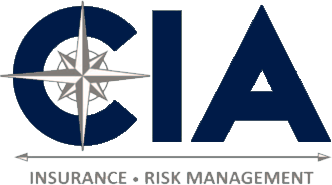Your home is one of your greatest assets and a significant long-term investment. As such, it’s vital to protect your home and its contents with adequate homeowners insurance. Nevertheless, recent research found that many homeowners lack proper coverage. In fact, nearly 2 out of every 3 homes in America are underinsured—which means that the home is protected to an extent by a homeowners policy, but that policy doesn’t have sufficient limits or coverage features to cover the full expense of a potential claim. What’s worse, the average underinsurance amount is over 20%, with some homes being underinsured by as much as 60%.
Don’t let your home become another statistic and suffer the devastating consequences of inadequate coverage in the event of a loss. Review the following guidelines to ensure your homeowners’ insurance policy meets your unique needs and can offer the best possible protection when disaster strikes.
Coverage Elements to Consider When Insuring Your Home
Homeowners insurance offers financial protection in the event of an unexpected disaster or accident involving you, your home, or your personal property. However, homeowners insurance policies consist of several different types of coverage. With this in mind, it’s important that you review each form of coverage included in your policy to make sure you are adequately insured for your specific risks. Here are some key coverage elements to look out for:
– Make sure you have enough coverage to compensate the full cost of rebuilding your home in the current market—including construction expenses (e.g., labor and materials) and the associated costs of making sure your home is compliant with any new or updated building codes within your community. Many homeowners make the mistake of only purchasing enough coverage to compensate the real estate value of their home—which is typically far less than the cost of rebuilding.
– Don’t forget any important features of your home’s structure when determining the cost of rebuilding. This includes the flooring, countertops, and the type of or quality of materials used throughout the structure. Further, avoid making a rough estimate when determining the cost of rebuilding. Be as exact as possible and consider getting assistance from a qualified property valuation expert to ensure a correct calculation and adequate coverage.
– Be sure to recalculate the cost of rebuilding your home and review your coverage needs whenever you make changes to your home—such as renovating the bathroom, remodeling the kitchen, or adding an attached garage.
– Review your policy to ensure you have the best form of coverage for your unique needs. At a glance, there are two forms of personal property coverage—replacement cost and actual cash value. Replacement cost coverage can offer compensation for the cost of replacing your stolen, damaged, or destroyed property with a brand-new version (as long as it’s similar in kind and quality) following a covered event. Actual cash value coverage, on the other hand, can offer compensation for the depreciated value of your property. This value is determined by the age, condition, and expected remaining useful life of your property prior to the covered event. Be sure to weigh the pros and cons of each form of coverage before making a final selection.
– Maintain an up-to-date home inventory checklist (be sure to include photos) of all of your belongings and their original value, as well as an estimate of their current value. This practice will help you better determine just how much coverage you need to fully protect your personal property. However, keep in mind that certain high-value items—such as jewelry, collectible items, or fine art—won’t be covered by your homeowners’ insurance policy and will require specialized coverage.
Lastly, keep in mind that some events—including overland floods and earthquakes—are not always considered covered events on your homeowners’ insurance policy. If you live in an area that has an elevated risk of these weather-related catastrophes, you will need to obtain additional, specialized coverage. Also, don’t forget that you will usually (with the exception of liability coverage claims) have to pay a deductible before your homeowners’ insurance kicks in. What’s more, each form of coverage is subject to a limit, which is the maximum amount your policy will pay for a covered claim. Be sure to review your coverage limits to ensure maximum protection.
We’re Here to Help
There are a variety of factors to consider to make sure your home is properly insured. The Hilb Group is here to walk you through your homeowners’ policy and help you secure ultimate insurance protection for your personalized risks—ensuring full coverage in the event of a claim. For further insurance guidance, contact us today.
Comments are closed.




